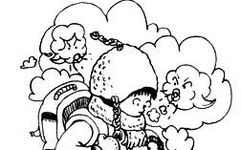6 Common Chinese Patent Medicines for Wind-Cold Common Cold: Reference for Influenza, COVID-19, and Pneumonia Infections
Wind-cold common colds often occur during sudden temperature drops or in places with significant indoor-outdoor temperature differences. If clothing adjustments are not made in time, it is easy to catch a chill and induce a wind-cold common cold. In the early stages of a wind-cold common cold, the cold syndrome predominates or begins with cold … Read more










